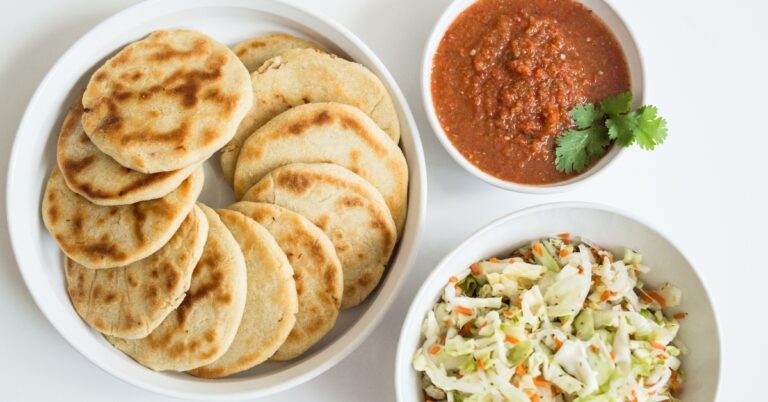Introduction to Horchata
Horchata is a traditional El Salvadoran beverage that has gained popularity in Latin America and the United States. It is a refreshing, creamy, and sweet drink made from various ingredients, including rice, cinnamon, and sugar. Horchata is typically served cold and is a favorite drink during hot summer days.
Origin and History of Horchata
The origin of horchata can be traced back to the ancient civilizations of Egypt and Spain. The drink was first made with tiger nuts, which were ground to a paste and mixed with water. This recipe was brought to Spain by the Moors during their invasion in the eighth century. Over time, the recipe evolved, and different ingredients were used, including rice and almonds.
Horchata then made its way to Mexico and other Latin American countries, where it became a popular drink. In El Salvador, horchata is a staple beverage, and every region has its recipe.
Ingredients Used to Make Horchata
The primary ingredients used to make horchata are rice, cinnamon, and sugar. Other ingredients such as almonds, sesame seeds, and vanilla extract can be added to enhance the flavor. Some regions also use a seed called “morro” or “jicaro” instead of rice.
The Making Process of Horchata
To make horchata, rice is soaked in water and left to sit overnight. The rice is then blended with cinnamon, sugar, and water until smooth. The mixture is then strained to remove any grains of rice or cinnamon. The resulting liquid is then chilled and served over ice.
Nutritional Value of Horchata
Horchata is a high-calorie beverage due to its sugar content. However, it is also a good source of calcium, potassium, and vitamin D. It is a lactose-free alternative to cow’s milk, making it an ideal option for those with lactose intolerance.
Regional Variations of Horchata
In El Salvador, there are various regional variations of horchata. Some regions use a seed called “morro” or “jicaro” instead of rice, while others add coconut or condensed milk to the recipe. Some recipes also call for the addition of pumpkin seeds, which gives the drink a unique flavor.
Serving Suggestions and Popular Pairings
Horchata is best served chilled and over ice. It pairs well with traditional El Salvadoran dishes such as pupusas, tamales, and empanadas. In some regions, it is also served with fried plantains or churros.
Conclusion: The Versatile Horchata
Horchata is a versatile beverage that has a long and rich history. Its popularity continues to grow, and it is now widely available in many countries worldwide. Whether enjoyed on its own or paired with a delicious snack, horchata is a refreshing drink that is sure to satisfy.


